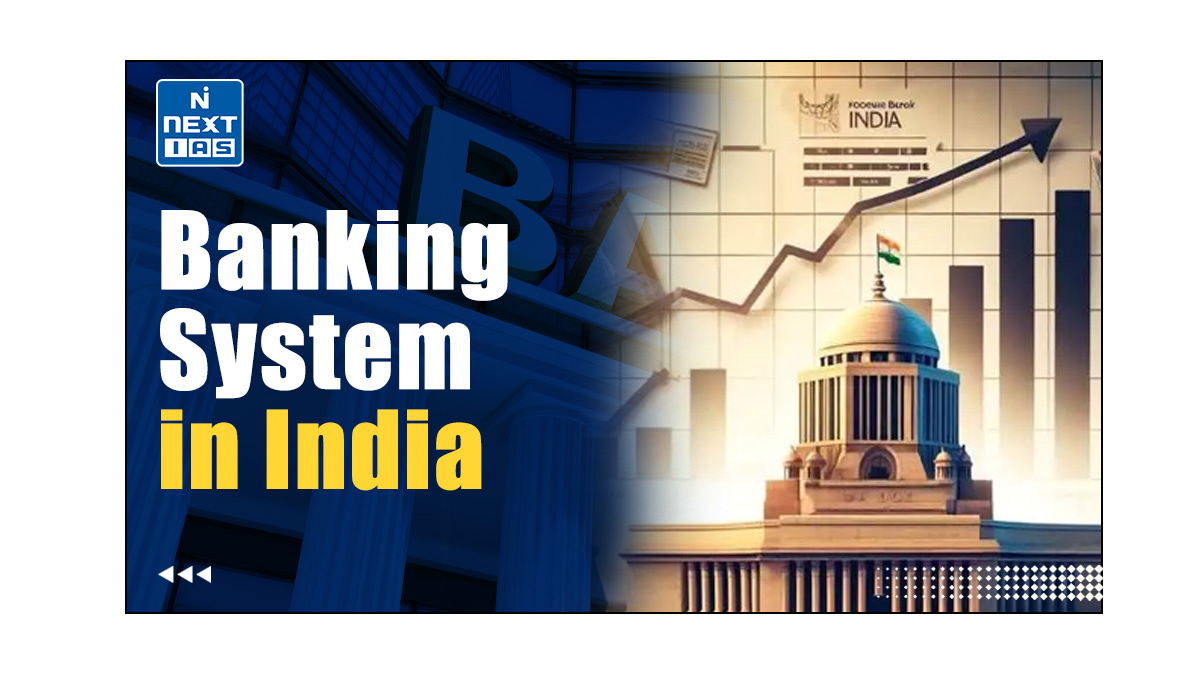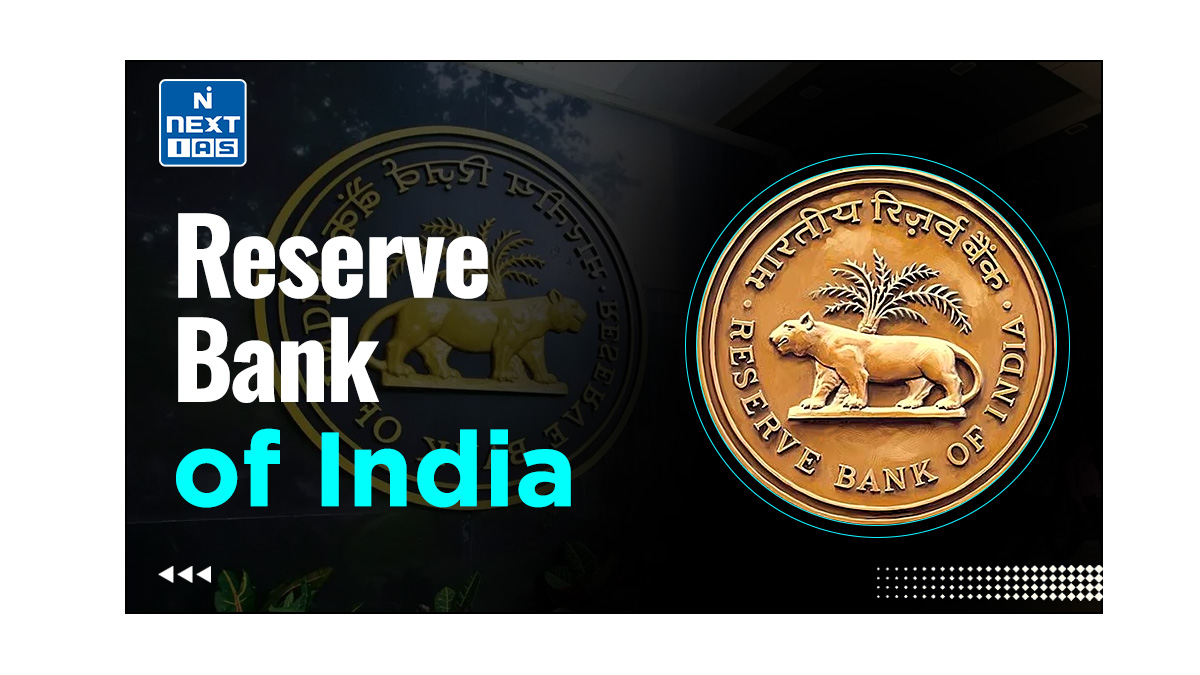
Payment Banks have emerged as a transformative idea in India’s banking landscape. By offering accessible, affordable, and secure banking services, they are promoting the cause of financial inclusion. This article aims to study in detail the concept of Payment Banks in India, its meaning, features, functions, significance, and other related aspects.
What are Payment Banks?
- Payment Banks are non-full-service banks whose main objective is to accelerate financial inclusion.
- Payments bank comes under a differentiated bank license as they cannot offer all the services that a commercial bank offers.
- They are a type of Differentiated Banks in India.
| What are Differentiated Banks? – Differentiated Banks under the Indian Banking System refer to those banks that cater to a specific segment of customers. – The concept of Differentiated Banks was introduced in the Banking System in India by the RBI in 2013. – It was introduced on the basis of recommendations of the Nachiket Mor Committee in order to offer specialized services or unique products designed specifically to suit a particular sector. Read our detailed article on Differentiated Banks in India. |
Objectives of Payment Banks
- The primary objective of payments banks is to promote financial inclusion by providing payments/remittance services and small savings accounts to small businesses, migrant labour workforce, low income households, other unorganised sector entities and other users.
- Government itself decided to establish Indian-post payment banks.
Features of Payment Banks in India
- They do not lend to customers, and instead, deploy their funds in bank deposits and government papers.
- They can accept demand deposit, issue ATM/debit cards but not credit cards.
- They mainly deal in remittance services and accept deposits of up to `1 lakh.
- They can’t give loans. They can invest depositor’s money in Government securities (G-sec) only.
- The minimum initial contribution to equity capital of of promoters of a Payment Bank will have to be at least 40% for the first five years.
- Although they’re allowed to sell mutual funds, insurance and pension products, accept utility bill payments etc., to keep branch operations profitable.
Target Customers of Payment Banks
Primary target customers of Payment Banks include the poor, migrants, and unorganized workers wanting to send remittances home.
Conditions Prescribed for Payment Banks in India
- Maximum balance per customer: ₹1 lakh,
- Minimum Leverage ratio 3% i.e., liabilities should not exceed 33 times of its net worth.
- They are allowed to invest the money received from customers’ deposits only into government securities.
- They cannot accept NRI deposits.
- They have to maintain a Cash Reserve Ratio (CRR).
- They need to invest a minimum of 75% of their “demand deposit balances” in Statutory Liquidity Ratio (SLR)-eligible Government securities or Treasury Bills with maturity up to one year.
- They can to hold a maximum of 25% of their funds with other scheduled commercial banks in the form of current and time/fixed deposits for operational purposes and liquidity management.
Differences between Payment Banks and Small Finance Banks
| Criteria | Payment Banks | Small Finance Banks |
|---|---|---|
| Registration and Licensing | Registered under Companies Act, 2013 Licensed under Banking Regulation Act, 1949 | Registered under Companies Act Licensed under Banking Regulation Act, 1949 |
| Eligibility | Pre-paid Payment Instrument (PPI) Providers, Resident individuals; NBFCs; Telecom Companies, super-market chains, public sector entities etc. | Resident Indians, Private Companies, Societies, NBFCs, MFIs, Local Area Banks |
| Minimum Capital Requirements | ₹100 crores | ₹100 crores. (To be increased to ₹200 crores within 5 years) |
| FDI Allowed | Yes. Up to 74% | Yes. Up to 74% |
| Accept Deposits | Only Demand Deposits. No Fixed Deposits and NRI Deposits | Yes |
| Restrictions on Deposits | Up to ₹1 Lakhs | No Restrictions |
| Deposit Insurance Available? | Yes | Yes |
| Can Lend Loans | No | Yes. At least 50 per cent of its loan portfolio must consist of loans and advances of up to ₹25 lakh. |
| Issue Debit/Credit Card | Only Debit Card. No Credit Card | Both can be issued |
| Set up based upon recommendations of | Nachiket Mor Committee | Nachiket Mor Committee |
| Committee to Evaluate Applications for License | Nachiket Mor Committee | Usha Thorat Committee |
| Statutory Liquidity Ratio (SLR) and Cash Reserve Ratio (CRR) Applicable | CRR Applicable; SLR: 75% of Net Demand and Time Liabilities (NDTL) | CRR and SLR Applicable |
| BASEL Norms Applicable | Yes. 15% of Risk Weighted Assets (RWAs) | Yes. 15% of Risk Weighted Assets (RWAs) |
| Priority Sector Lending (PSL) Norms Applicable | No. Can’t lend Loans | Yes. Target: 75%. |
| Examples | Airtel, India Posts Payment Bank, Paytm, FINO etc. | Ujjlvan, Utkarsh, Jana, Au etc. |
Role of Differentiated Banks in India
- Financial Inclusion: By targeting specific customer bases and regions, these banks play a crucial role in bringing a large chunk of the population into the formal banking system.
- Economic Growth: By providing credit facilities to MSEs, these banks fuel economic growth at the grassroots level, supporting employment and wealth creation in rural and semi-urban areas.
- Promoting Banking Habits: Increased access to deposits and basic financial products fosters a culture of saving and investment.
- Financial Innovation: These banks have introduced innovative banking and financial solutions especially designed to the needs of their customers.
- For example, payment banks have leveraged mobile technology to facilitate easy and secure transactions, helping to spread digital banking across India.
- Healthy Competition: The presence of differentiated banks fosters competition in the banking sector, ultimately benefiting all customers with better rates and services.
Conclusion
Payment Banks, as a novel concept in the Indian banking sector, have been playing a pivotal role in providing financial services to the underbanked and unbanked sections of society. By catering to the needs of the underserved, they have contributed to economic growth and development. As the sector matures, it is expected to play an even more significant role in empowering the marginalized sections of society.
GS - 3




